Unleashing the Wild: Using Animal Prints in Home Interiors

Animal prints have long held a place in fashion, but they’re equally powerful and stylish when used in home interiors. From the subtle sophistication of zebra stripes to the exotic charm of leopard spots, animal prints can inject energy, luxury, and personality into any living space. When used thoughtfully, these bold patterns can elevate your décor without overwhelming it.
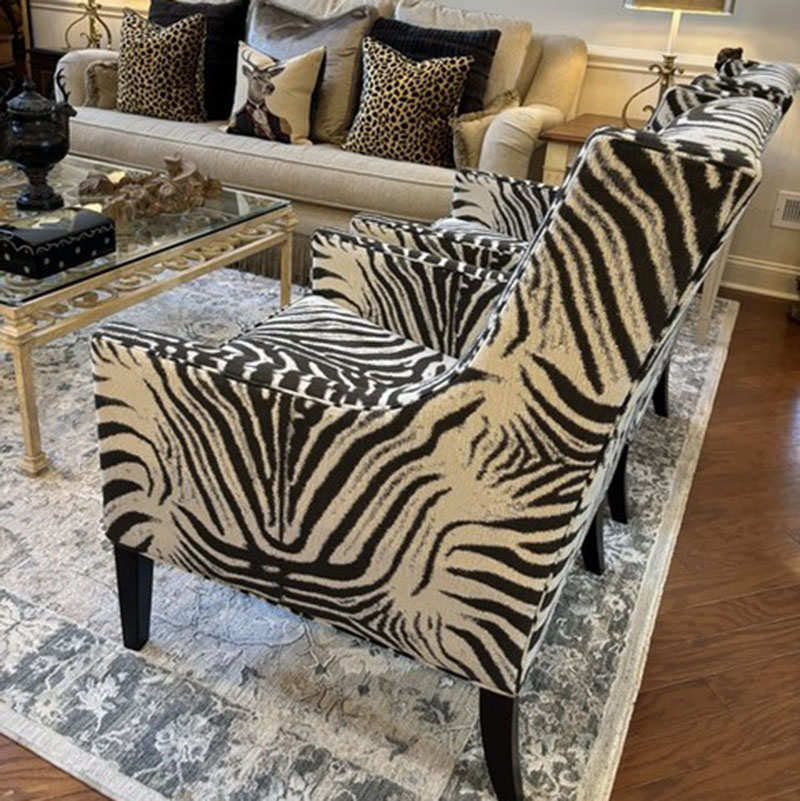
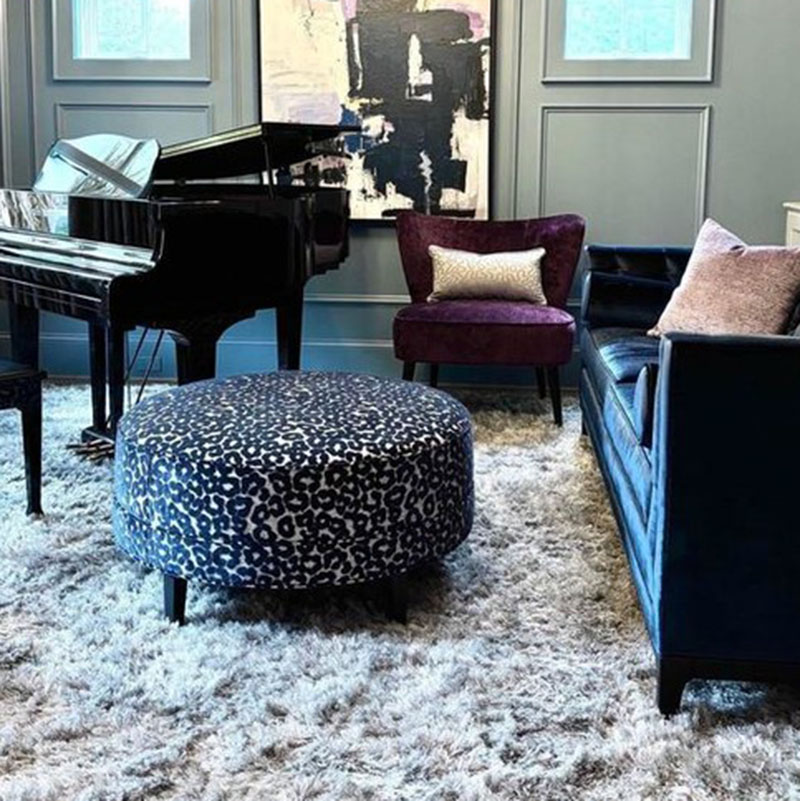
Why Animal Prints Work in Interiors
Animal prints are essentially neutrals with an edge. Their organic patterns mimic the randomness found in nature, which helps them blend with a variety of design styles—from modern and eclectic to traditional and bohemian. They add depth, contrast, and a touch of the unexpected.
Here’s how to incorporate animal prints into your home without going overboard.
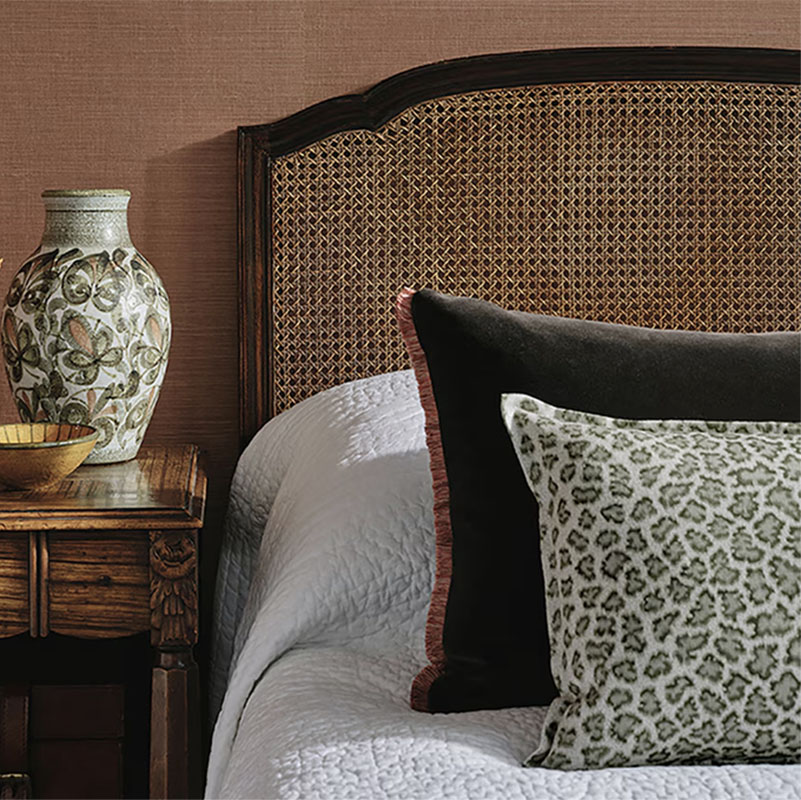
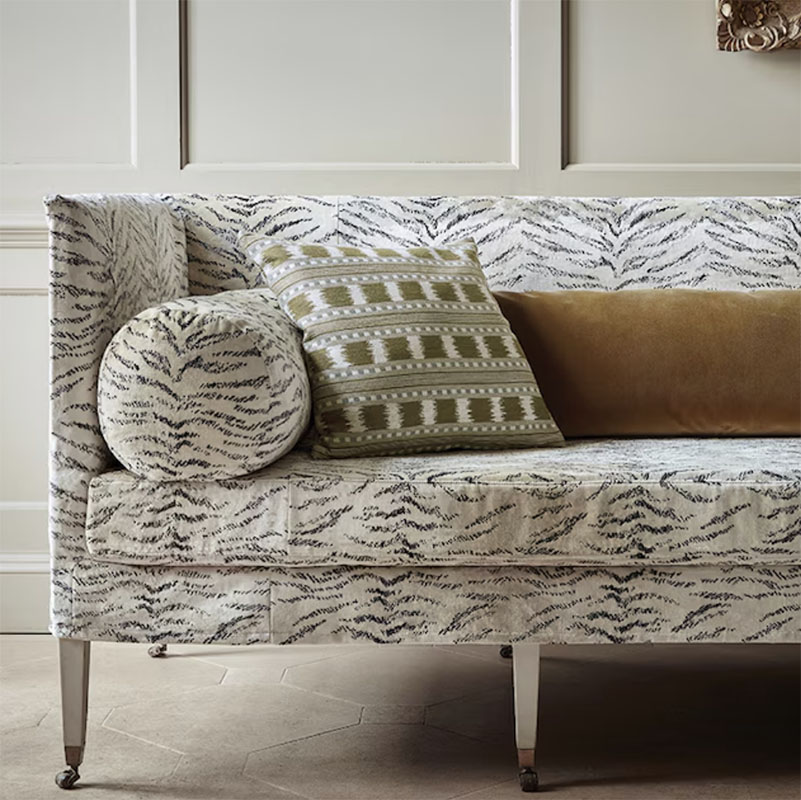

1. Start Small with Accents
If you’re new to animal prints, dip your toes in with small accents:
- Throw pillows in leopard, cheetah, or zebra can spice up a neutral sofa.
- Rugs featuring a subtle animal print can anchor a room while adding visual interest.
- Lampshades, trays, or picture frames with animal motifs add a curated, designer feel without dominating the space.
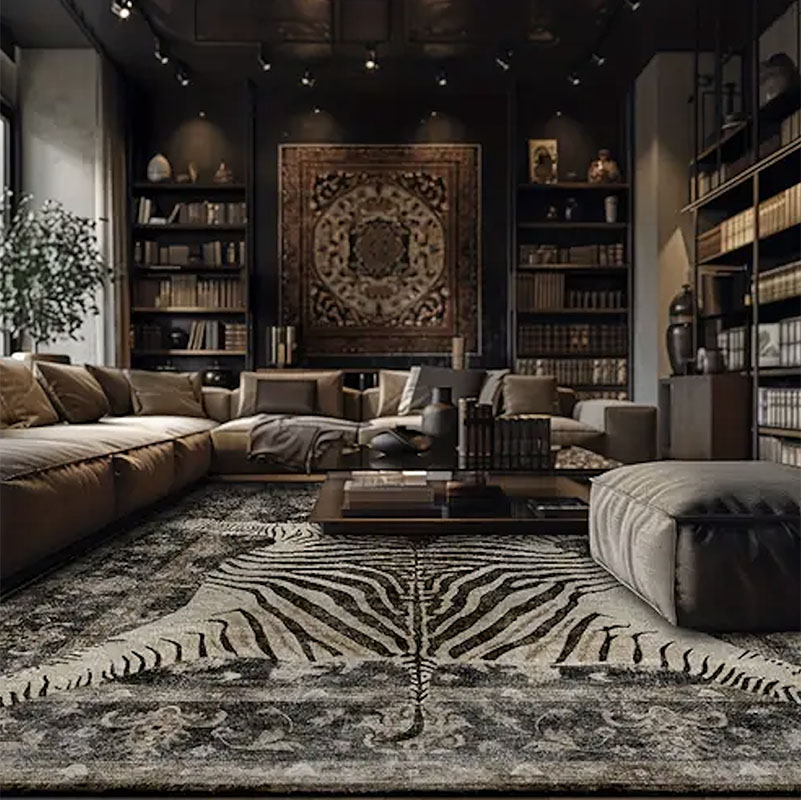
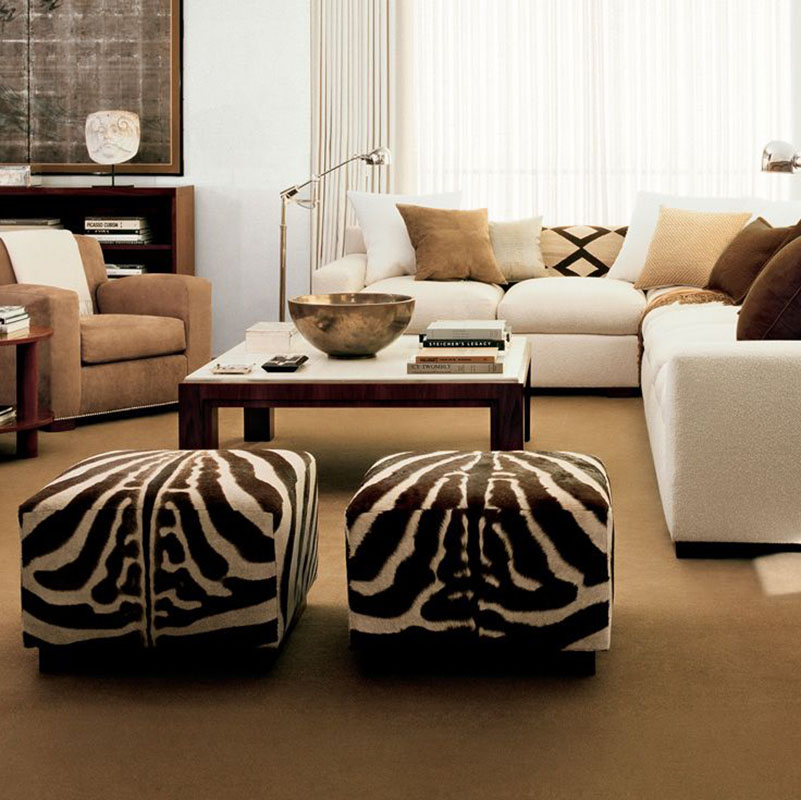
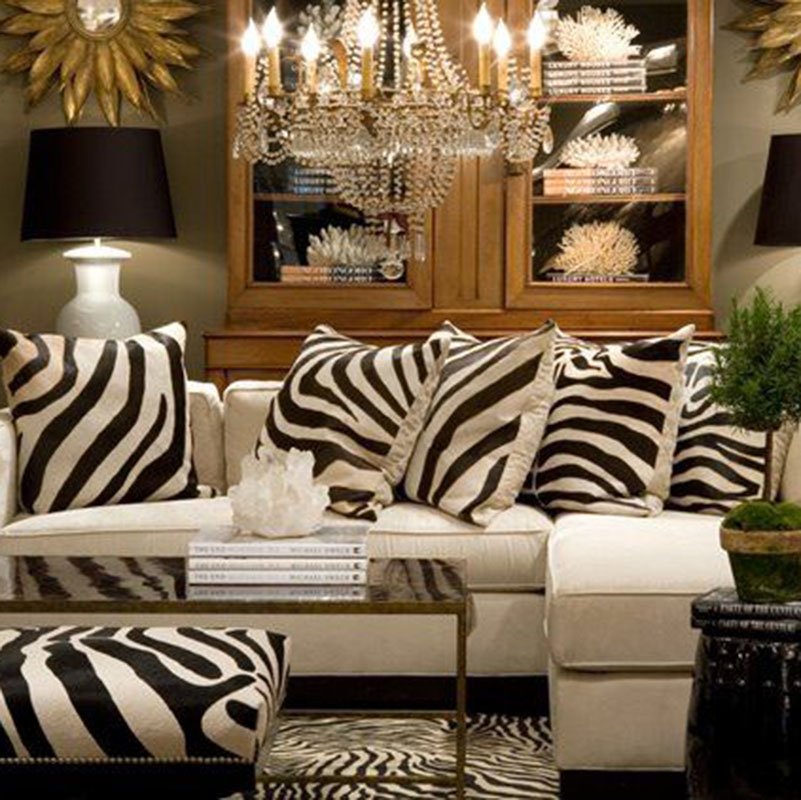
2. Use Prints as a Focal Point
A single statement piece can go a long way. Consider:
- An ottoman upholstered in tiger print as a conversation starter.
- A cowhide rug for a rustic yet refined look.
- An accent chair in a bold animal fabric to create a luxe focal point in a sitting room.
These elements work especially well in otherwise minimal or neutral rooms, where the print can shine without clashing.
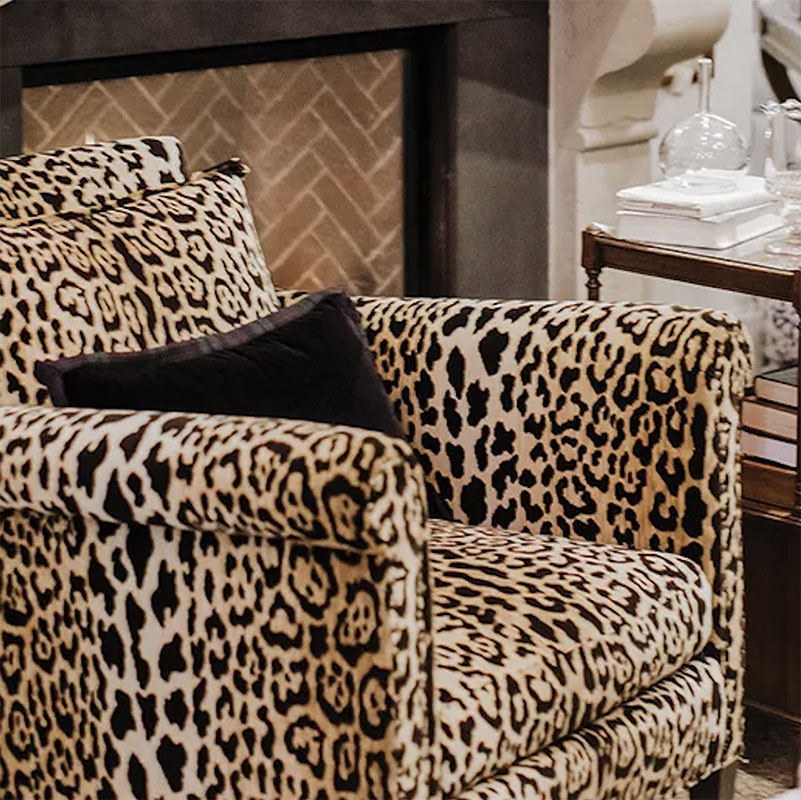
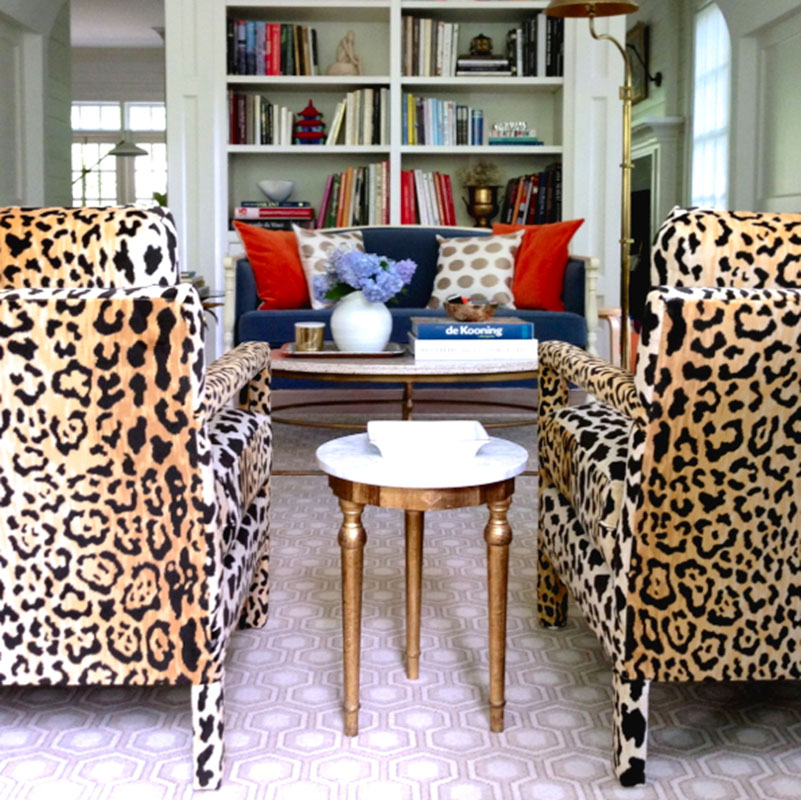
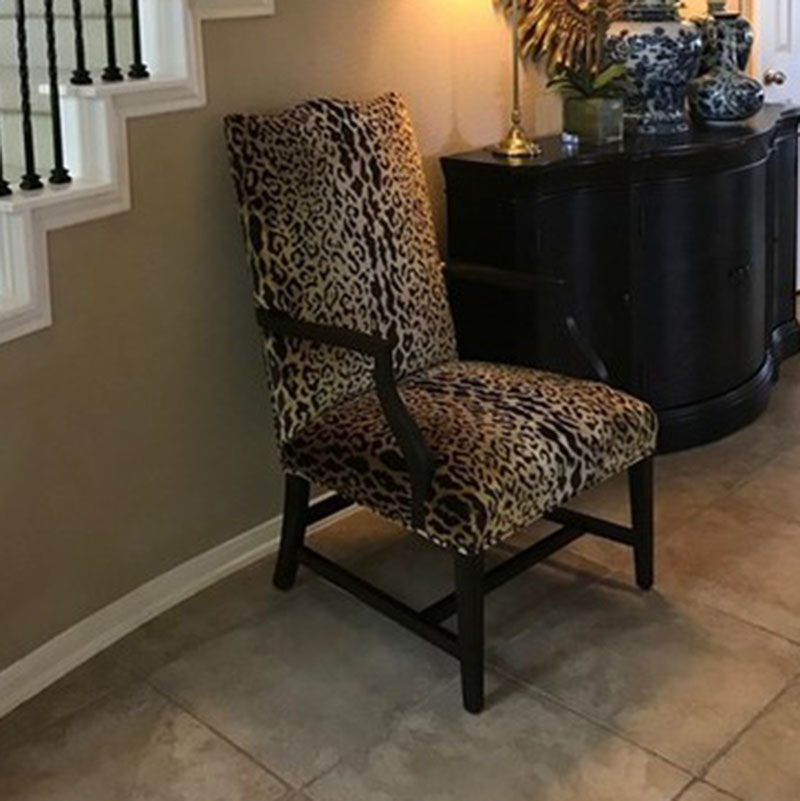
3. Mix with Other Textures and Patterns
Animal prints are surprisingly versatile when layered with other materials:
- Pair zebra with brass or gold accents for a glam vibe.
- Combine leopard with velvet and dark woods for richness and warmth.
- Mix prints cautiously: animal patterns work best when paired with solids or subtle textures. If combining prints, vary the scale (e.g., large leopard spots with fine pinstripes) to keep the look cohesive.
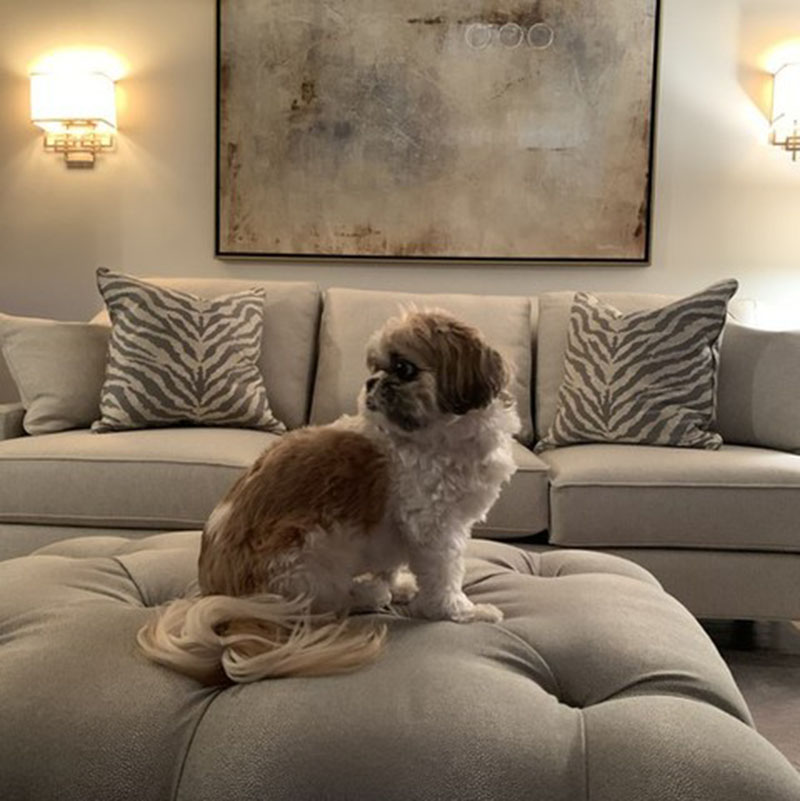
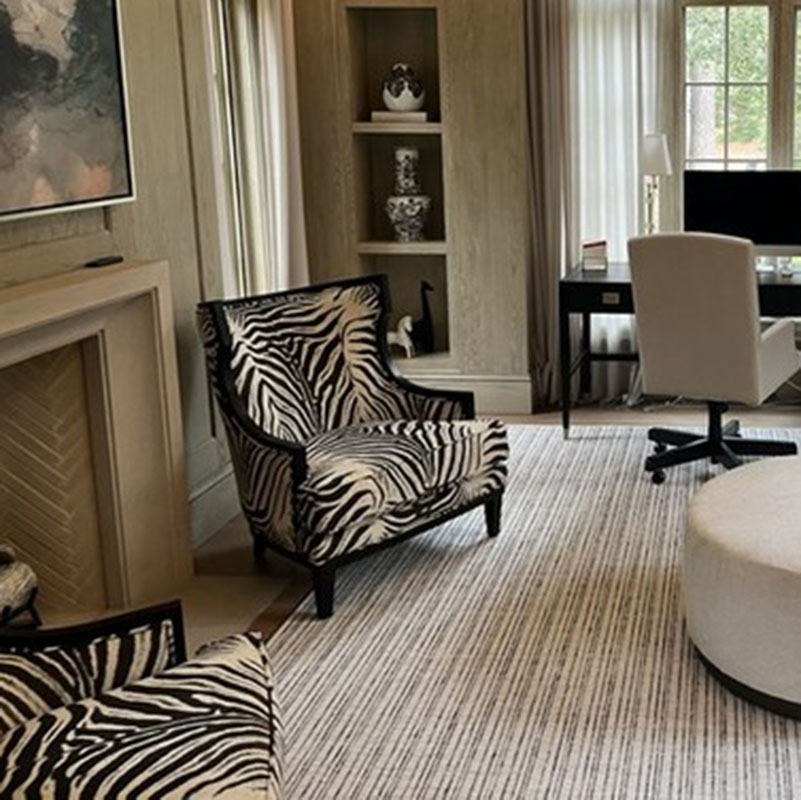

4. Balance with Neutrals
Balance is key. Most animal prints feature neutral tones (black, brown, beige, cream), which makes them easy to coordinate. Keep surrounding décor simple to avoid a chaotic look:
- Use white walls or solid upholstery to let the print pop.
- Combine animal prints with natural materials like wood, rattan, or leather for a grounded, earthy aesthetic.
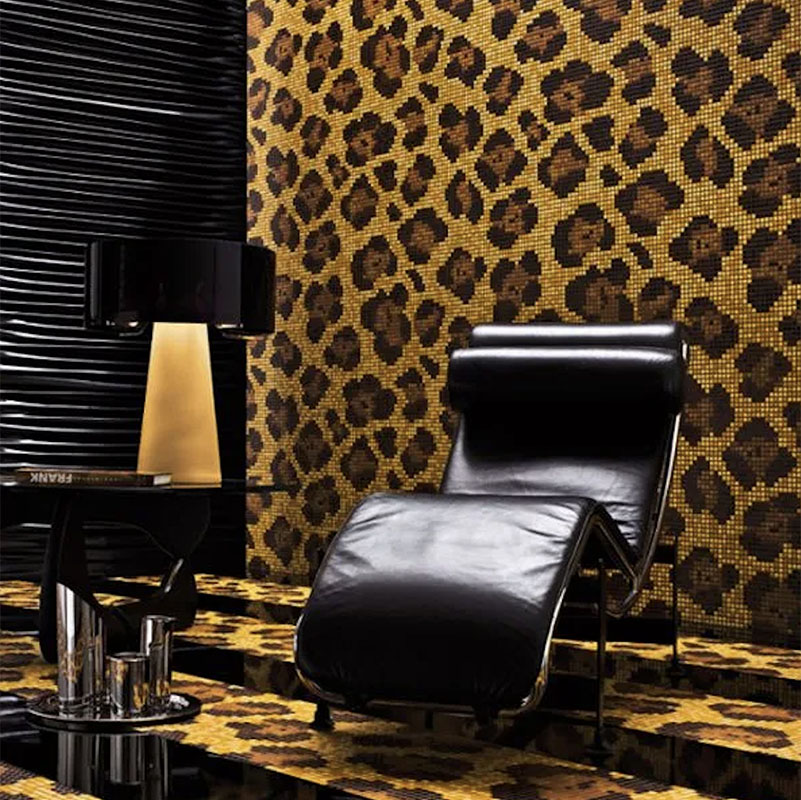

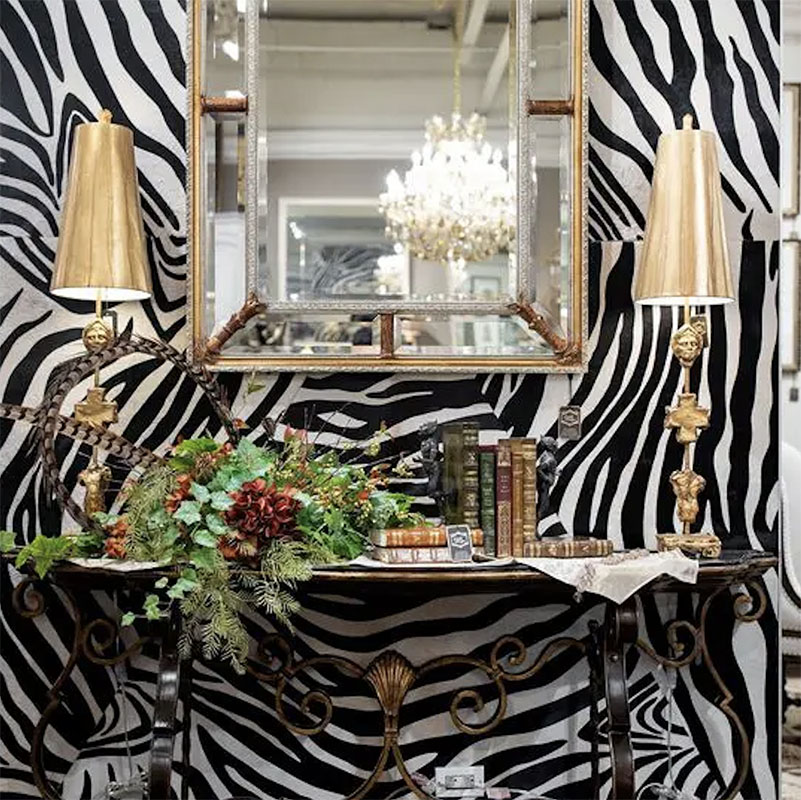
5. Don’t Forget the Walls
Animal print wallpaper or wall art can be a daring yet stylish choice:
- A faux snakeskin wallpaper in a powder room makes a strong, luxurious statement.
- A cheetah-print accent wall in a bedroom adds drama and dimension.
- Framed animal prints (actual artwork or textiles) can create a gallery wall that feels curated and wild.
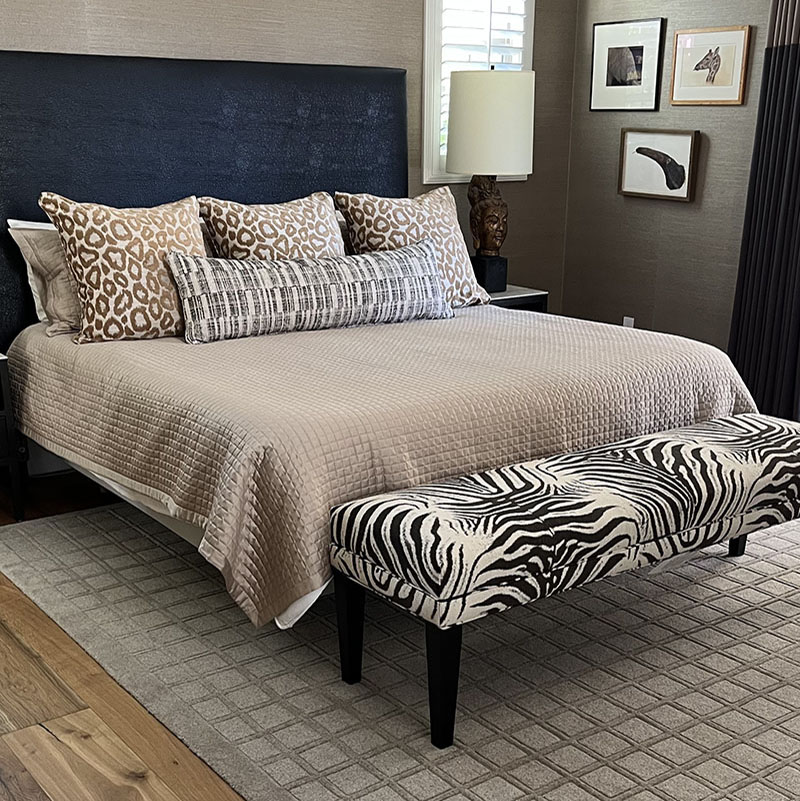
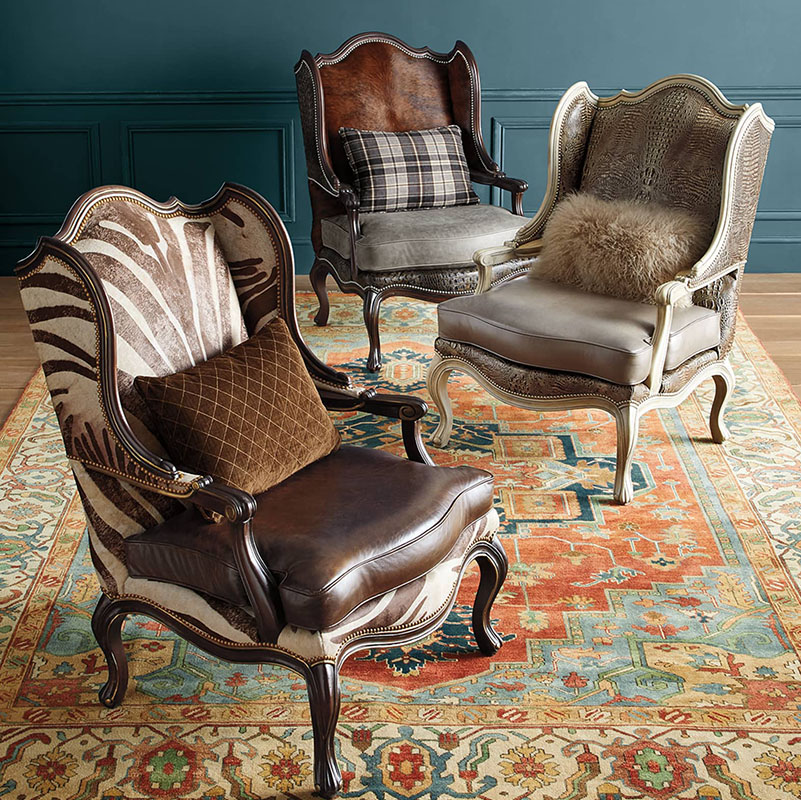
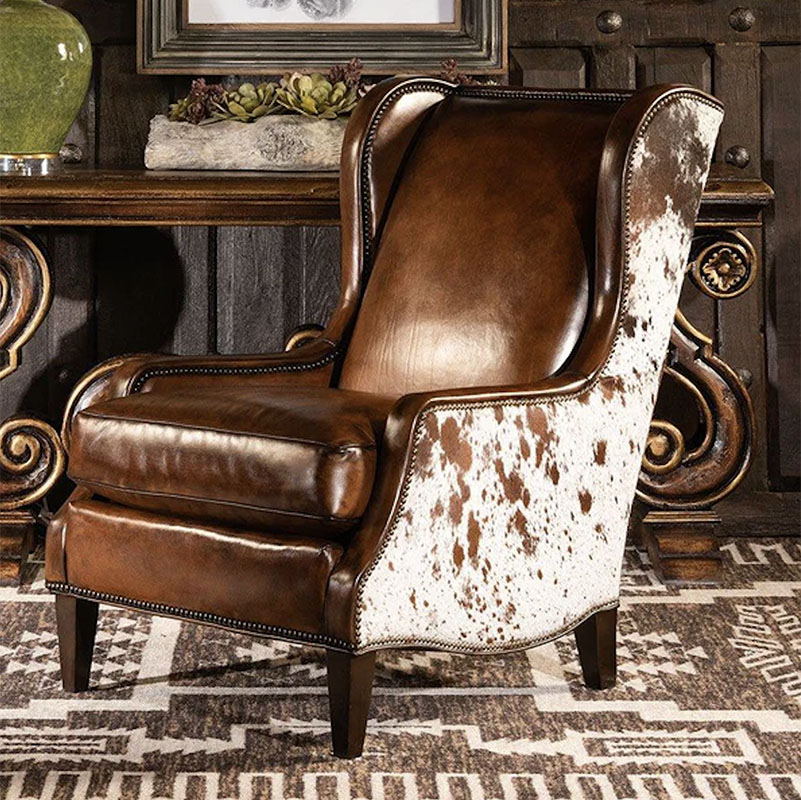
Final Thoughts
Animal prints, when used with intention, bring flair, texture, and timeless appeal to any space. Whether you’re drawn to the bold patterns of the savannah or the sleek elegance of reptile skin, there’s a way to incorporate animal-inspired design that feels both sophisticated and personal.
The key is balance: let the prints speak without shouting, and you’ll create a space that feels adventurous and chic—not like a trip to the zoo.
